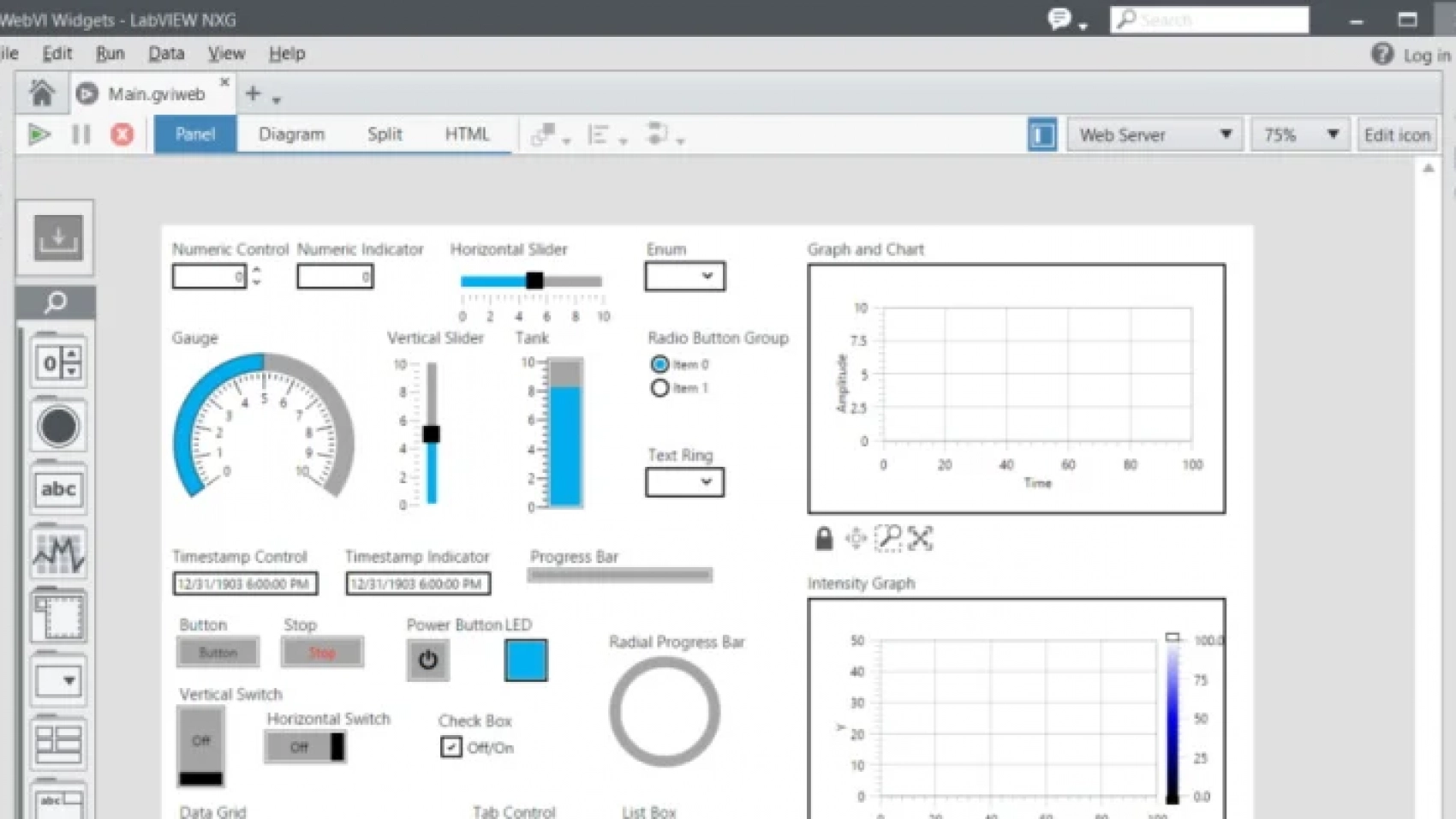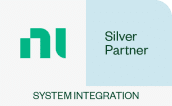What happened at GPower during 2019, and what do we expect for the coming year? In this post, our CEO reports on the past year while also giving a foretaste of 2020.
A Summary of 2019
In short, 2019 was a year of large-scale, but positive changes regarding everything from development of own products to a new organizational structure. Changes that were made owing to a staff increase of 33%, despite a year of establishment. The increasement has, among other things, resulted in more projects in pipeline as well as a much larger and much more varied customer portfolio. These are all factors that will be decisive for us next year, where we expect the number of employees to increase by up to double.
To return to own products, we have made good progress in what we said in 2018. In addition to being ready to launch a complete test concept, we are continuously launching new packages of our proprietary software where reusability, quality, and efficiency are among the keywords.
More employees, projects, and customers have likewise resulted in a new organizational structure that came into effect shortly before the summer holidays. Consequently, Jens Christian Andersen and Mads Grunnet Askholt are now the two new Tech Leads in our development department. Jens Christian and Mads are both supporting our CTO, Steen Secher Schmidt, regarding day-to-day operations, while also having a leading position when it comes to projects and software development in general. In addition to changes in the development department, changes have also occurred in our sales department, where Poul Lindholm Pedersen has entered the scene as our new Tech Sales. In close cooperation with Steen, Poul has intensified the focus on further development in terms of our concepts, strategic cooperation agreements, and partnerships, for which we have great expectations.
Furthermore, we have scaled up in terms of LabVIEW and TestStand certifications, which means that all developers have increased 1-2 levels during the year. Besides creating a common skill sets and an environment with a huge knowledge sharing, the certifications have also meant that we are highest certified LabVIEW and TestStand company in Denmark. All this is moreover supported by the fact that we are working on the most ground-breaking test and measurement projects in Scandinavia which I am incredibly proud to be part of.
What Are the Expectations for 2020?
Besides we already know that an experienced developer will join our team at the beginning of next year, we also expect to introduce another two employees during Q1. In addition, we will be launching several of our concepts, just as we will continue the journey from 2019 in 2020.
Merry Christmas and Happy New Year
In conclusion, I would like to take this opportunity to thank our long-time partner, National Instruments. Once again, they have proven that they are the right partner for us at present but also in the future. This is, among other things, because of their uncompromising approach to ensuring the highest quality while also having a forward-looking product portfolio. Two examples that are completely aligned with our philosophy.
Moreover, thanks to all our customers and partners for a good and fruitful cooperation in 2019. At the same time, I also wish you all a Merry Christmas and a Happy New Year.
Internally at GPower, we are now looking forward to celebrating 2019 and welcoming 2020 which we are doing with a ski holiday in Tignes, France in week 2. So now you know why, if you do not get a quick answer in the beginning of January 😉 🍻.
See you in 2020!
– Martin Boje, CEO at GPower.



